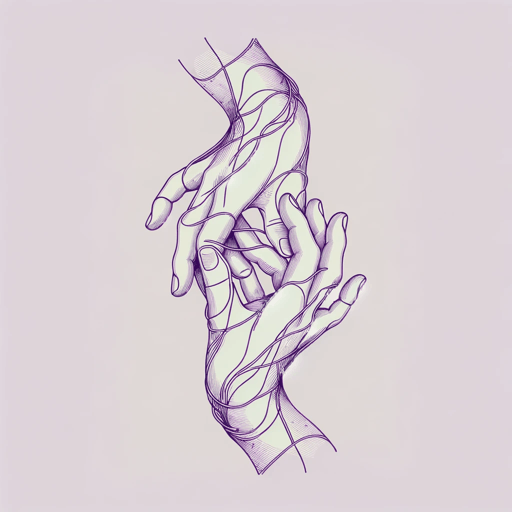66 pages • 2 hours read
D. H. LawrenceWomen In Love
Fiction | Novel | Adult | Published in 1920A modern alternative to SparkNotes and CliffsNotes, SuperSummary offers high-quality Study Guides with detailed chapter summaries and analysis of major themes, characters, and more.
Background
Literary Context: The Rainbow
The Rainbow (1915), prequel to Women in Love, tells the story of Gudrun and Ursula’s family and the chaotic relationships and events that occur across the different generations. Unlike in Women in Love, the scope of the novel is much broader, starting as the Second Industrial Revolution is beginning and ending during the early 20th century. However, DH Lawrence originally intended both books to compose a single novel that would explore love’s role in practically every facet of life. As such, themes such as society, family, and the self appear in both The Rainbow and Women in Love. Domesticity and society, which are the focus of the multigenerational, international story of The Rainbow, retreat to the background of the second novel, which explores more abstract and visceral kinds of love. Because the sexual content of Women in Love was controversial at the time, it was the subject of an obscenity trial and temporarily banned in the UK. For this reason, the book was published in the US in 1920, a year before it was published in Great Britain.
In The Rainbow, Tom Brangwen, a local farmer, falls in love with a Polish refugee widow who has a young daughter, Anna. While sexually compatible, the couple have issues that disrupt the marriage even though they have had other children.
Related Titles
By D. H. Lawrence

Daughters of the Vicar
D. H. Lawrence
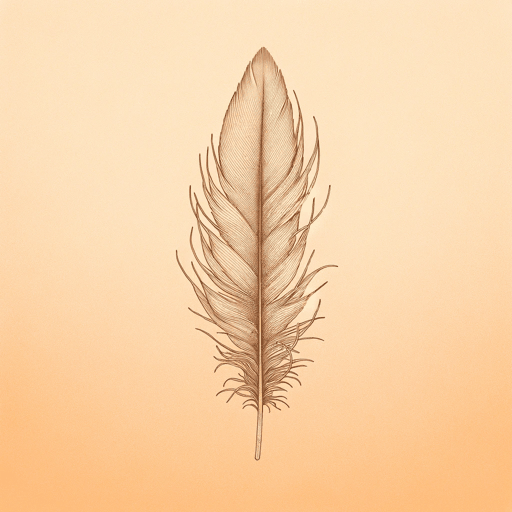
Lady Chatterley's Lover
D. H. Lawrence
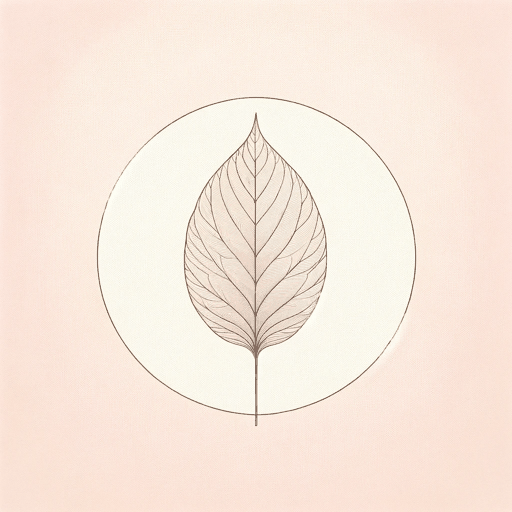
Odour of Chrysanthemums
D. H. Lawrence
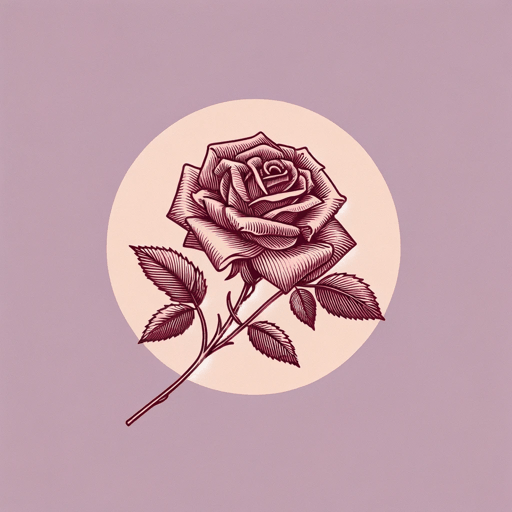
Sons and Lovers
D. H. Lawrence

The Blind Man
D. H. Lawrence

The Horse Dealer's Daughter
D. H. Lawrence

The Lost Girl
D. H. Lawrence

The Prussian Officer
D. H. Lawrence
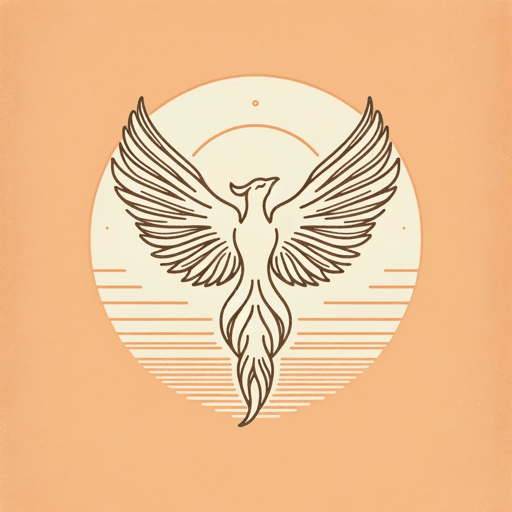
The Rainbow
D. H. Lawrence
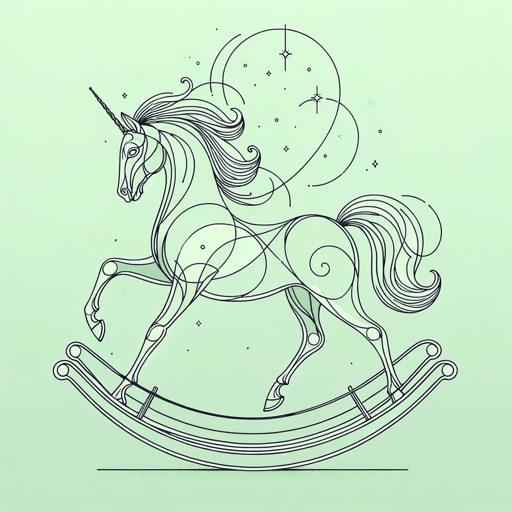
The Rocking Horse Winner
D. H. Lawrence
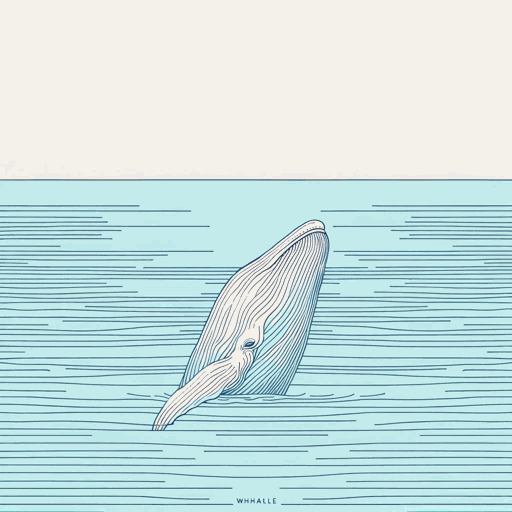
Whales Weep Not!
D. H. Lawrence
Featured Collections
Books that Feature the Theme of...
View Collection
Books that Feature the Theme of...
View Collection
British Literature
View Collection
Pride Month Reads
View Collection
Required Reading Lists
View Collection
Romance
View Collection
School Book List Titles
View Collection
Valentine's Day Reads: The Theme of Love
View Collection
